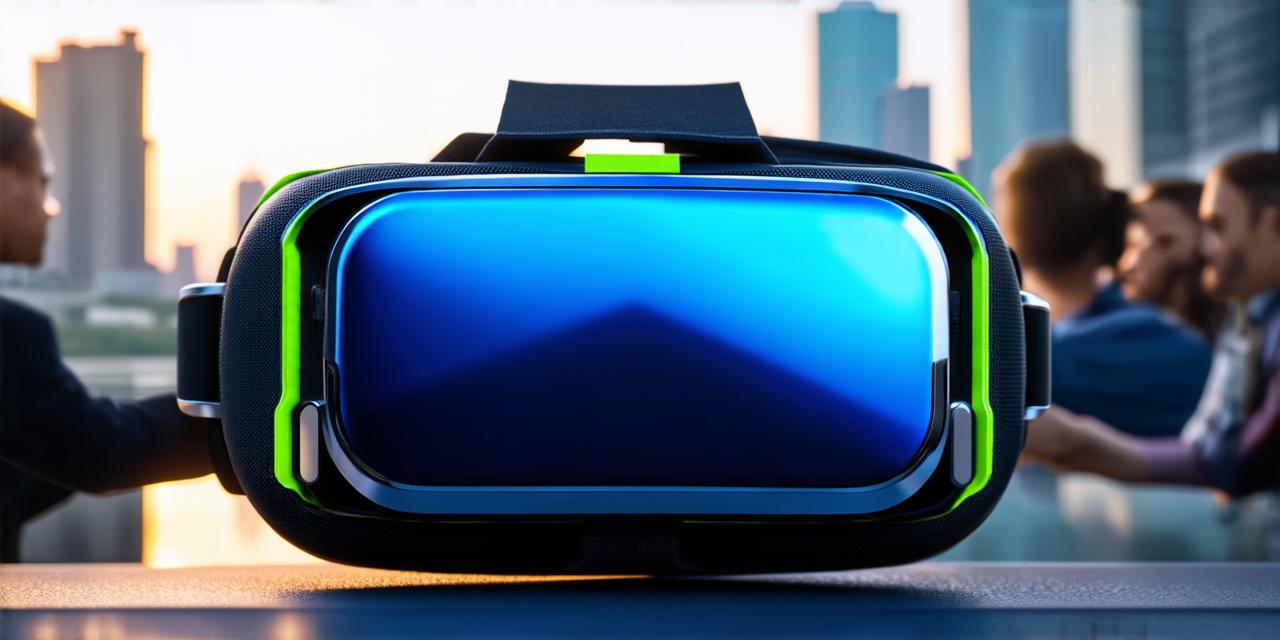<div>
<p>Virtual Reality (VR) Training: Costs and Benefits</p>
<p>Virtual Reality (VR) is a rapidly growing field that offers a range of benefits for businesses and individuals alike. One area where VR is particularly useful is in training and education. VR can provide an immersive learning experience that is both engaging and effective, allowing users to learn new skills and knowledge in a safe and controlled environment.</p>
<p>However, as with any new technology, there are costs associated with using VR for training purposes. In this article, we will explore the various costs involved in virtual reality training, including hardware, software, development, maintenance, and support. We will also examine how these costs can vary depending on the specific needs of your organization or industry.</p>
<h2>Hardware Costs</h2>
<p>The first cost to consider when implementing VR training is the cost of the hardware itself. There are a variety of VR devices available on the market, ranging from low-end smartphone-based systems to more advanced PC-powered rigs. The cost of the hardware will depend on the features and capabilities you require for your training program.</p>
<p>For example, a simple smartphone-based system can cost as little as $200, while a high-end VR headset like the Oculus Quest 2 can cost around $400. If you need more advanced hardware, such as motion capture systems or specialized computers, the costs can quickly add up.</p>
<h2>Software Costs</h2>
<p>Once you have your hardware in place, you will also need to consider the cost of the software you will use for your VR training program. There are many different types of VR software available, including gaming engines, educational platforms, and custom development tools.</p>
<p>The cost of the software will depend on the specific features and capabilities you require. For example, a simple educational platform like Google Expeditions can be free to use, while more advanced gaming engines like Unity can cost thousands of dollars in licensing fees.</p>
<h2>Development Costs</h2>
<p>If you plan to create your own VR training program from scratch, you will also need to consider the costs associated with development. Developing a VR program can be a complex and time-consuming process that requires specialized skills and expertise.</p>
<p>The cost of development will depend on the complexity of the program and the experience of the development team. For example, a simple educational program can cost as little as $50,000 to develop, while a more advanced training program for a large enterprise can cost hundreds of thousands of dollars.</p>
<h2>Maintenance and Support Costs</h2>
<p>Once your VR training program is up and running, you will also need to consider the costs associated with maintenance and support. This includes ongoing technical support, updates to the software, and hardware maintenance.</p>
<p>The cost of maintenance and support will depend on the specific needs of your organization or industry. For example, a small business may be able to handle basic maintenance and support in-house, while a large enterprise may require dedicated support teams.</p>
<h2>Case Studies</h2>
<p>One way to get a better understanding of the costs associated with VR training is to look at real-world case studies. For example, a study by the Harvard Business Review found that companies that used VR for employee training saw a 75% reduction in training time and a 90% increase in retention rates compared to traditional methods.</p>
<p>Another case study by the National Retail Federation found that Lowe's, a home improvement retailer, used VR training to improve customer service and product knowledge among its employees. The program resulted in a 25% reduction in customer complaints and a 20% increase in sales.</p>
<h2>Expert Opinions</h2>
<p
